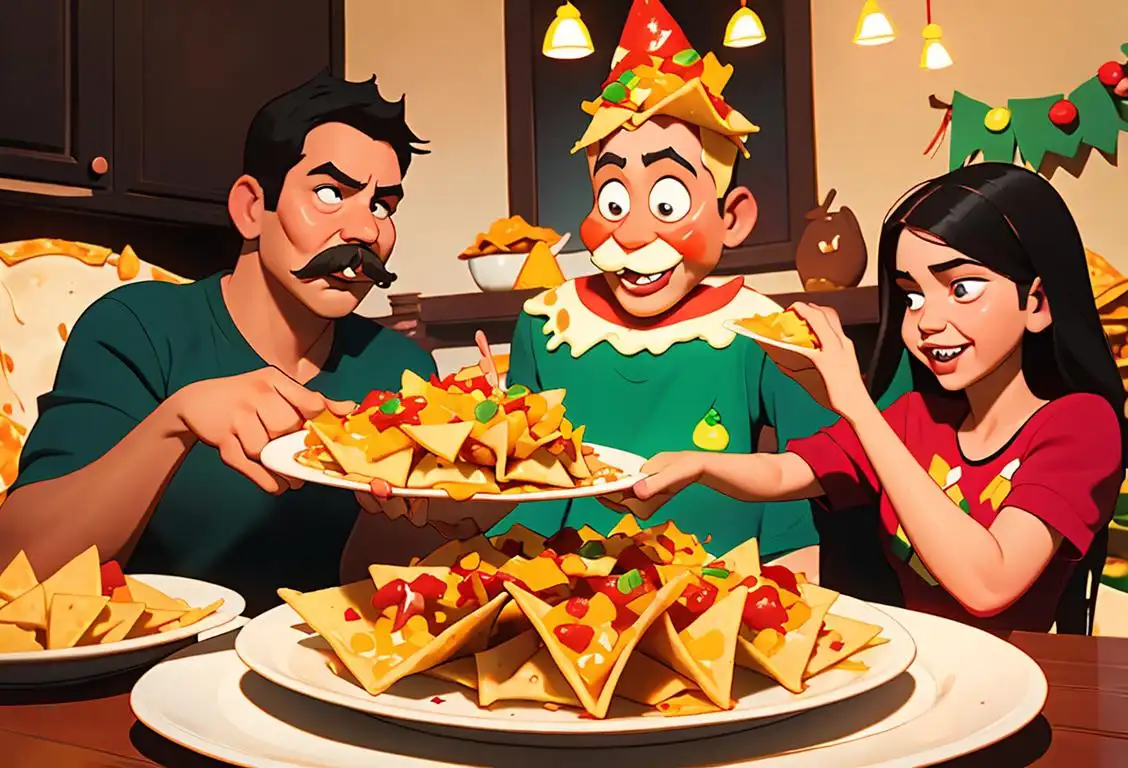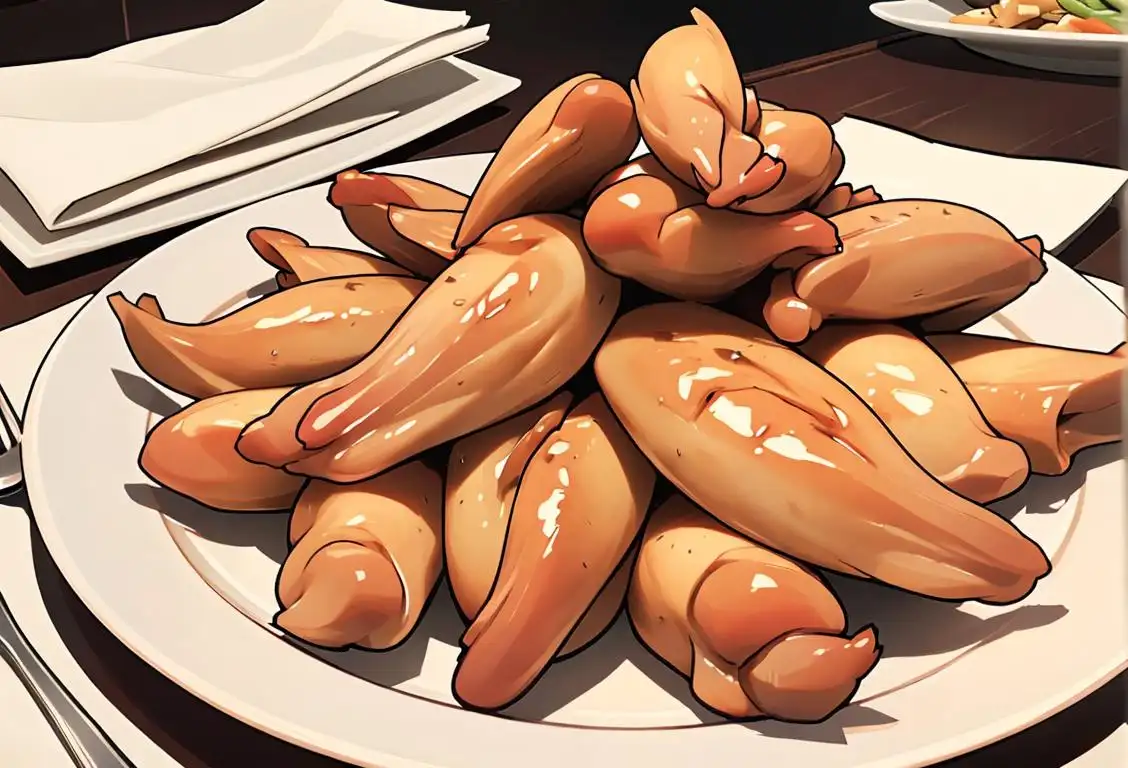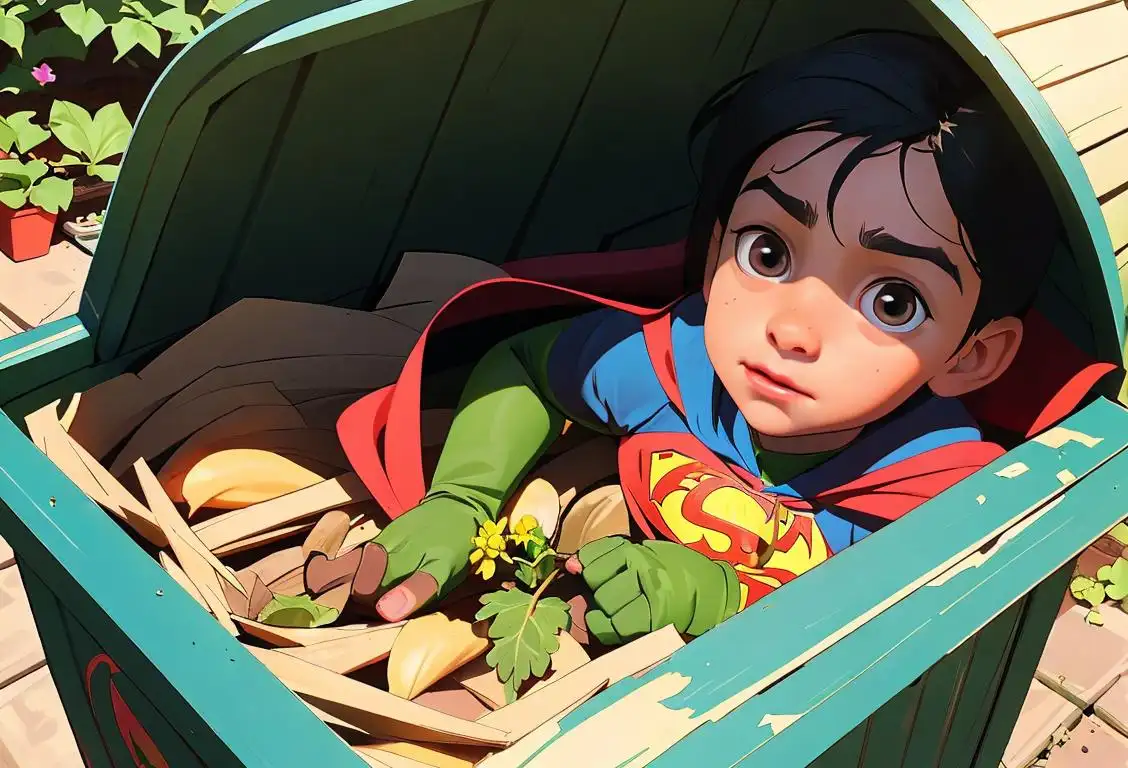National Hash Day

Get ready to celebrate National Hash Day! This is the day when we pay homage to one of the most versatile and delicious dishes to ever grace our taste buds. Whether you're a fan of corned beef hash, sweet potato hash, or good old-fashioned breakfast hash, this is the day to indulge in all things hash-tastic!
When is Hash Day?
It's national hash day on the 10th July.
The History of National Hash Day
While the exact origins of National Hash Day remain a mystery, one thing is clear: people have been enjoying hash for centuries. The word 'hash' actually comes from the French word 'hacher,' which means 'to chop.' And that's exactly what goes into making this delightful dish - a variety of ingredients, all chopped up and cooked together.
Hash has been a staple in many cultures throughout history. In ancient Rome, leftover meat and vegetables were often repurposed into a delicious hash. And during the Great Depression, hash became a budget-friendly way to make delicious meals out of whatever ingredients were on hand.
How to Celebrate National Hash Day
Celebrating National Hash Day is simple - just gather your favorite ingredients, grab a skillet, and get chopping! Whether you prefer a classic corned beef hash with crispy potatoes and onions, or a vegetarian hash packed with colorful veggies, the possibilities are endless. And don't forget to top it off with a perfectly fried egg!
If you're not much of a chef, don't worry. Many restaurants and diners offer hash on their menus, so you can indulge in this delectable dish without lifting a spatula. Treat yourself to a hearty breakfast or brunch and savor every bite.
Did You Know?
Did you know that hash has even made its way into the world of sports? In the game of rugby, 'hash' refers to a loose or unstructured play, where players rely on their instincts and creativity to make things happen on the field. So the next time you watch a rugby match, remember that the spirit of hash is not only found in the kitchen, but also on the sports field!
History behind the term 'Hash'
1800s
The Origins
The term 'hash' originally comes from the French word 'hacher,' which means 'to chop' or 'to mince.' In the 1800s, French cooks began using the term 'hash' to refer to a dish made by chopping and re-cooking leftover meat, potatoes, and other ingredients.
16th century
The Origin of 'Hash'
During the 16th century, the term 'hash' originated from the French word 'hacher' which means 'to chop' or 'to cut into pieces'. The French preparation technique involved chopping ingredients into small pieces. This technique was then adopted and adapted by various cuisines around the world.
1900s
The Rise in Popularity
In the early 1900s, 'hash' became a popular term in American dining establishments, particularly in diners and hash houses. These places specialized in serving affordable, hearty meals made from chopped meat, potatoes, and vegetables. Hash quickly gained favor among blue-collar workers and travelers on a budget.
17th century
Hash in English Cuisine
In the 17th century, hash made its way into English cuisine. It became popular as a way to use leftovers, especially meat. Leftover meat, potatoes, and vegetables were chopped or minced before being cooked together. Hash became a humble dish beloved for its simplicity and ability to maximize food usage.
1930s
The Hash House Harriers
In 1938, a drinking club with a running problem was formed in Kuala Lumpur, Malaysia. Known as the Hash House Harriers (HHH), the group adopted 'hash' in their name as a playful nod to the term's association with restaurants. The HHH organized social running events that involve following a trail laid by a 'hare' while enjoying some post-run socializing.
19th century
Hash in American Cuisine
During the 19th century, hash became a staple dish in American cuisine. It was commonly made with corned beef or roast beef and served as a breakfast option. Hash gained popularity due to its hearty nature and the ability to incorporate various ingredients like onions and bell peppers.
20th century
Hash and Cultural Variations
In the 20th century, hash started to take on various cultural variations. Countries around the world developed their own versions, each with unique flavors and ingredients. The Middle Eastern dish 'hashweh' combines ground meat with rice, pine nuts, and spices. 'Corned beef hash' became a classic American diner favorite. These cultural variations showcased the versatility and adaptability of hash as a dish.
1960s
Hashing Goes Global
During the 1960s, the concept of hashing spread worldwide, with numerous chapters or kennels established in various countries. The Hash House Harriers became a thriving global phenomenon, attracting people interested in running, socializing, and having a good time. Today, there are thousands of Hash House Harrier groups worldwide, making it one of the largest non-competitive running clubs.
Present
The Symbolic Meaning
While the term 'hash' continues to be associated with the culinary world and the Hash House Harriers, it has taken on a broader meaning in modern culture. 'Hash' is often used metaphorically to refer to the process of reducing or combining existing elements to create something new. It has become a symbol of resourcefulness, creativity, and the ability to make the most of what is available.
Present Day
Hash in Modern Cuisine
In the present day, hash continues to be enjoyed in various forms and remains a comfort food for many. It has evolved to include vegetarian and vegan options, catering to changing dietary preferences. Hash can be found on brunch menus, often topped with a fried egg. The term 'hash' has also expanded beyond food, referring to other chopped or mixed things, such as 'hashtag' in social media.
Did you know?
Did you know that hash has even made its way into the world of sports? In the game of rugby, 'hash' refers to a loose or unstructured play, where players rely on their instincts and creativity to make things happen on the field. So the next time you watch a rugby match, remember that the spirit of hash is not only found in the kitchen, but also on the sports field!Tagged
food fun sportsFirst identified
10th July 2017Most mentioned on
10th July 2017Total mentions
22Other days
Opposite Day
Nachos Day
Happiness Day
Bowling Day
Foundation Day
Drink A Beer Day
Trivia Day
Wing Day
Suicide Prevention Month Day
Action Day









